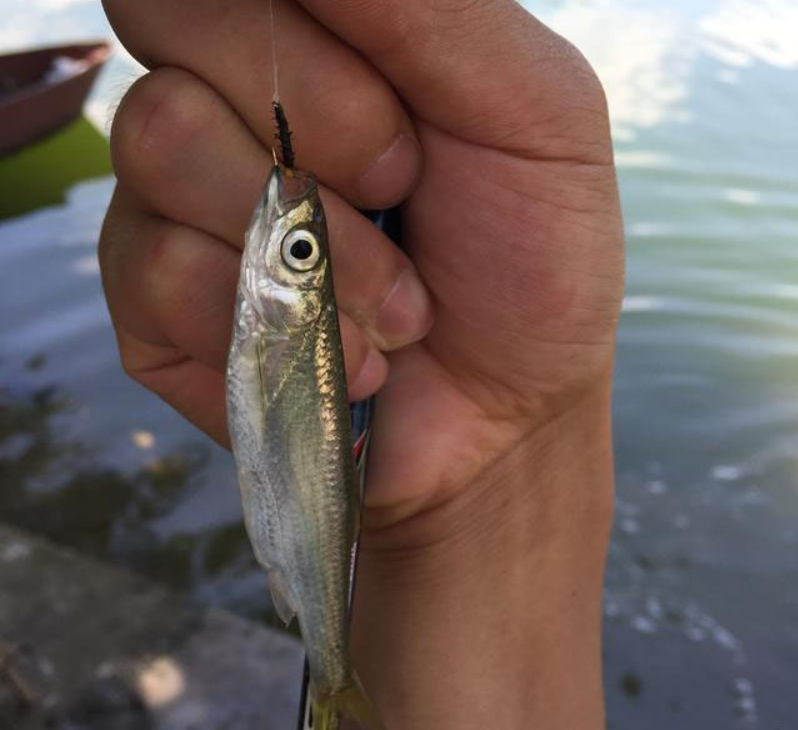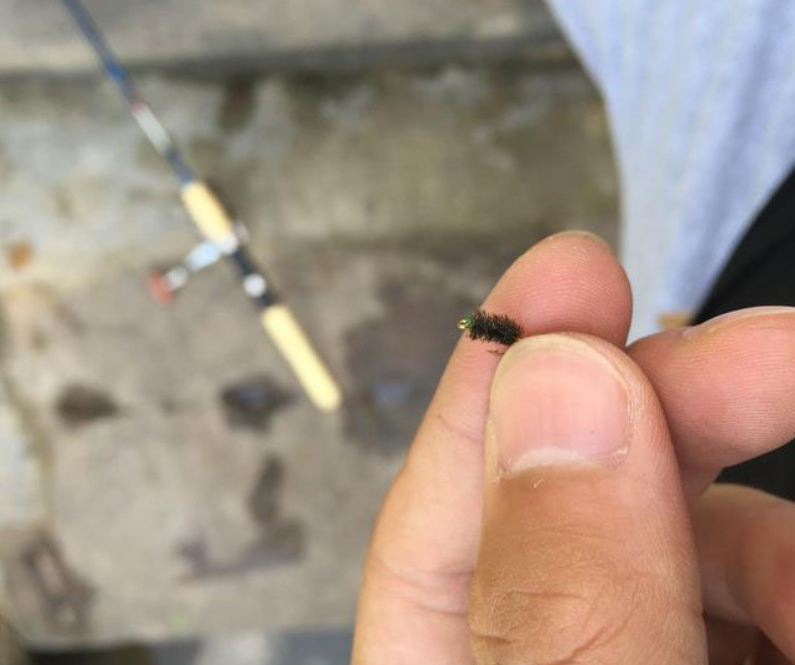When targeting fish with a lure, sometimes the usual methods fall short. Fly-luring for the Freshwater Silverside, or minnow, is a perfect example. It might seem like a compromise when other fish aren’t biting, but it actually showcases an angler’s clever adaptation.
The key to any fishing method is understanding the target species. Minnows are common in low-altitude rivers, lakes, and reservoirs. They school near the surface, primarily feeding on algae but also consuming plant debris, crustaceans, and insects. They are opportunistic feeders, known for aggressively snatching food, even leaping out of the water to intercept it. Knowing this behavior is the foundation for an effective approach.
1. The Challenge with Traditional Lures
If you’ve tried catching minnows with small spinners, you might notice smaller fish often follow but refuse to bite. Despite their attractive action, spinners sometimes fail to entice a confident strike from cautious, smaller minnows.
This is where combining fly fishing with lure techniques becomes highly effective.

2. The Hybrid Rig Setup
The setup is straightforward. A buoyant lure, like a floating minnow, is tied to the main line. However, the trick is to attach the minnow backwards. This keeps it skimming along the surface when retrieved. Alternatively, surface poppers or floating pencils work too. About a meter behind this main lure, a fly is connected using a section of line. A 0.8 to 1-weight nylon leader is ideal for its discretion and handling.
3. Mastering the Cast
Casting this rig can initially lead to tangles, as the heavier lure travels faster than the trailing fly. A simple technique prevents this: just as the rig is about to hit the water, give the line a quick tug with your rod tip. This small action keeps the fly and leader separated from the main line almost every time.

4. Choosing the Right Fly
Based on experience, for fish like minnows, nothing outperforms a small, dark fly pattern that imitates a mosquito. These files, often called “Mosquito Imitations” or “CDC Gnats,” are incredibly effective. Their success lies in their design: they perfectly mimic mosquitoes laying eggs on the water’s surface. During dawn and dusk, predatory fish cruise the shallows, targeting these insects. Striking on instinct, minnows confidently engulf these realistic imitations before discerning they aren’t real. It’s a pattern whose effectiveness becomes undeniable once you’ve experienced the results.